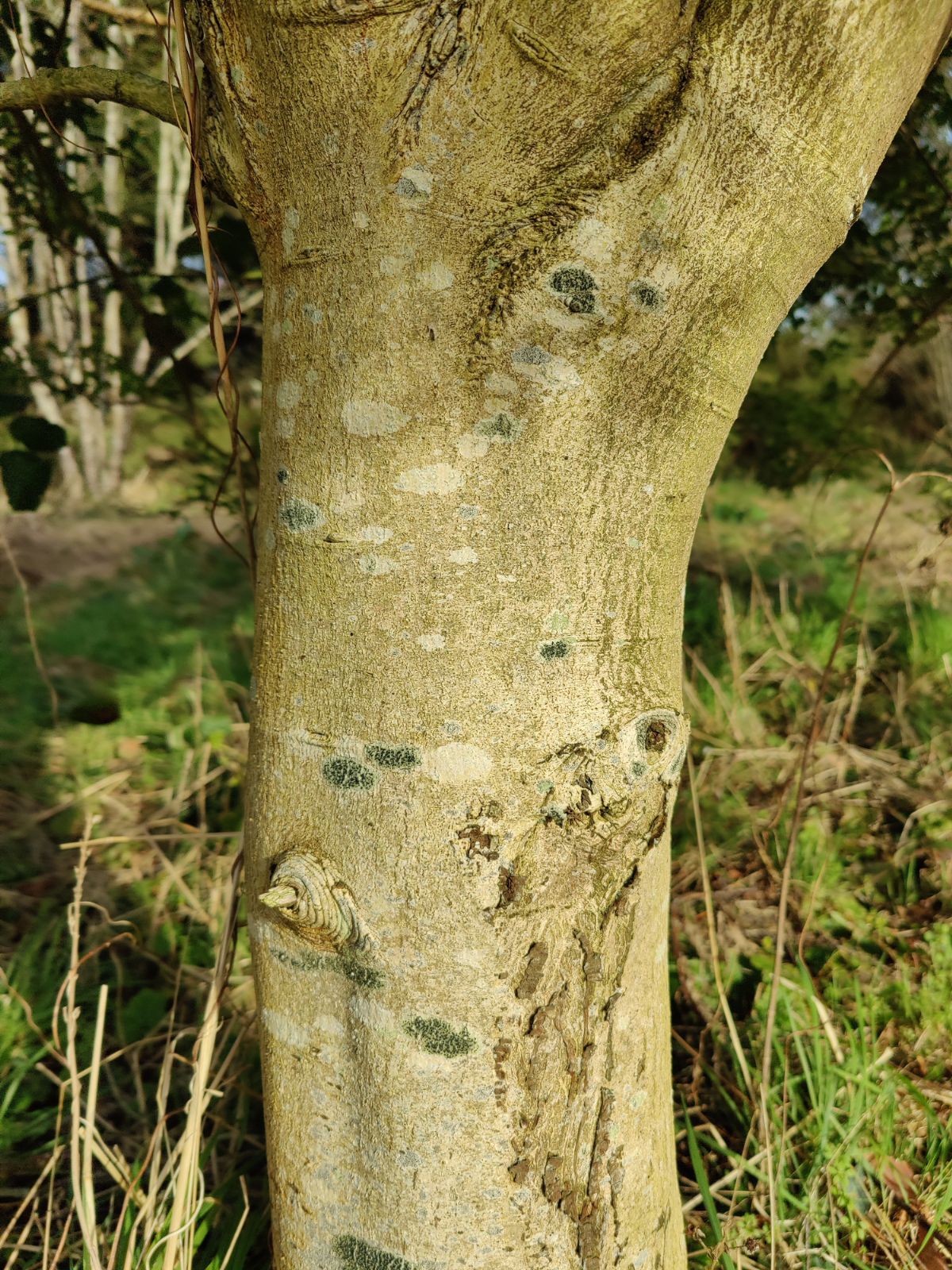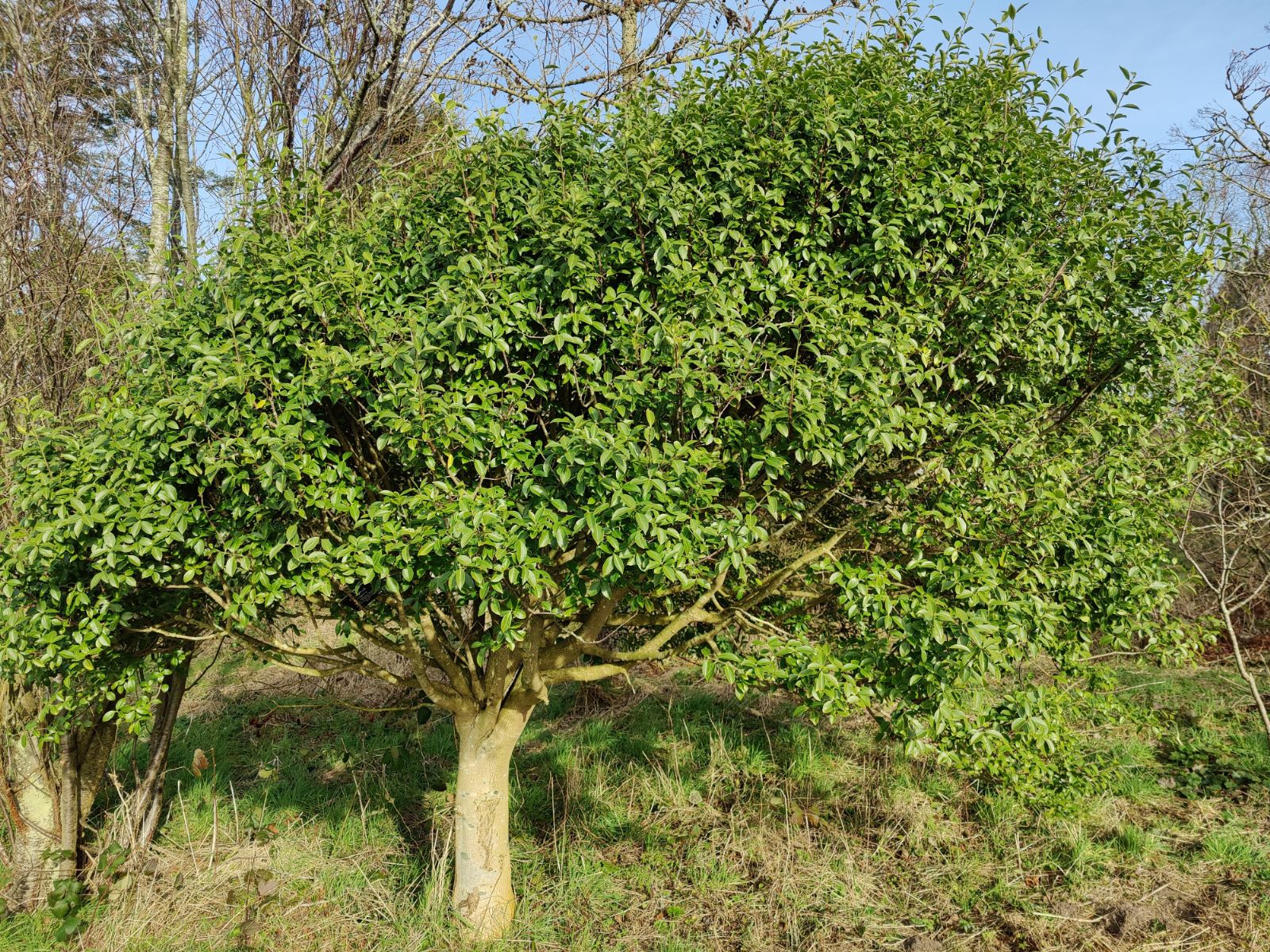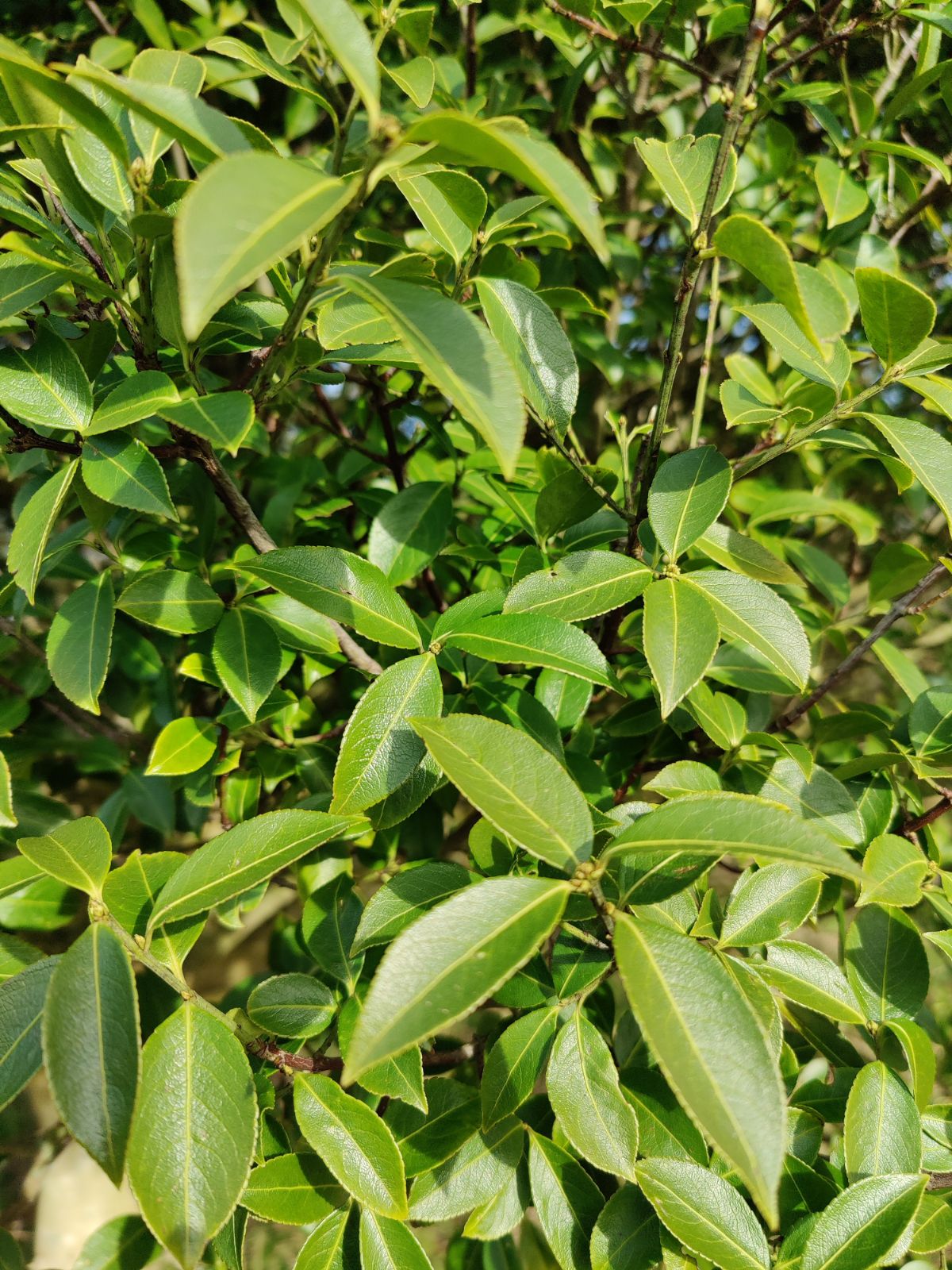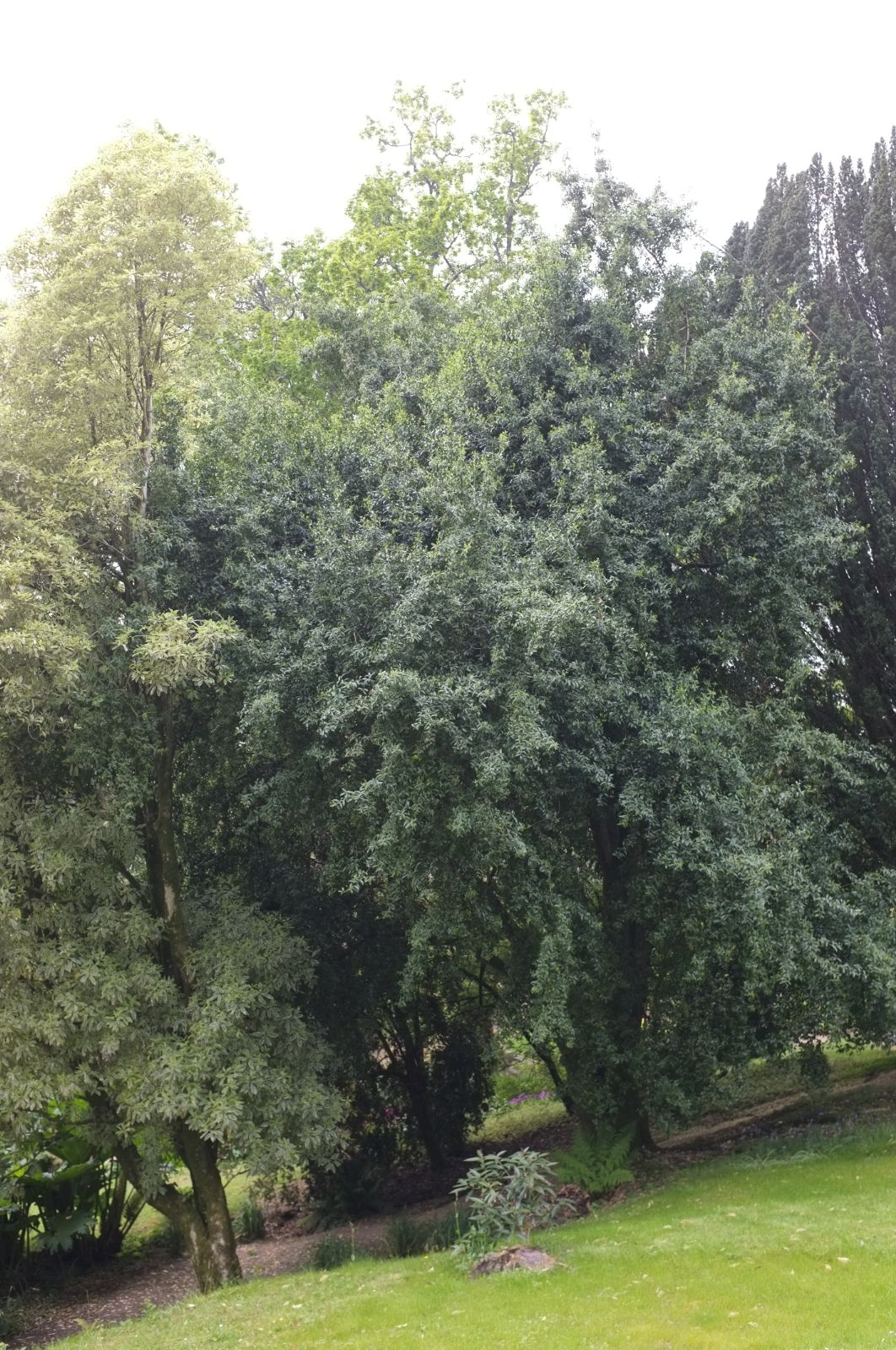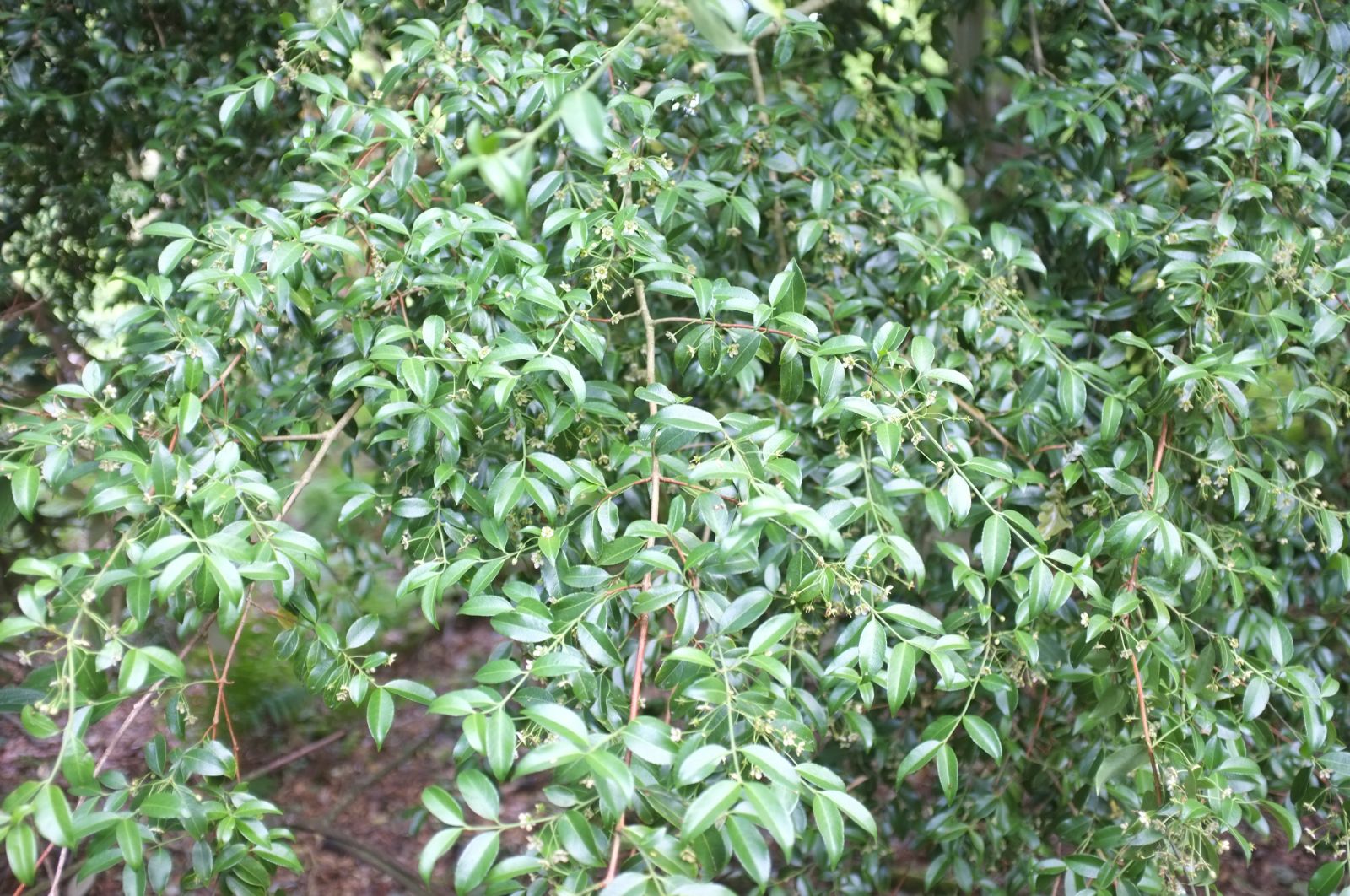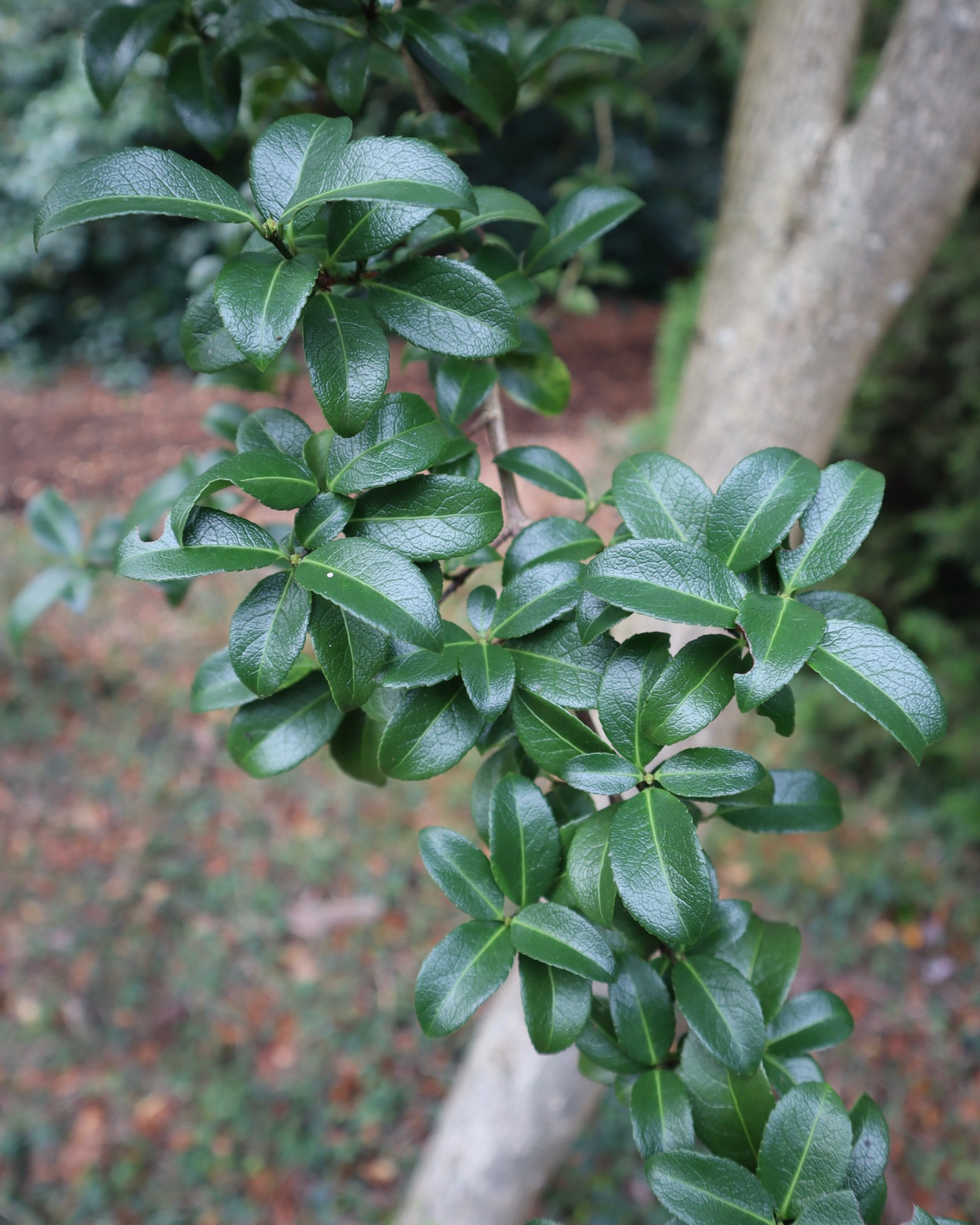Euonymus tingens
Credits
Article from Bean's Trees and Shrubs Hardy in the British Isles
Recommended citation
'Euonymus tingens' from the website Trees and Shrubs Online (treesandshrubsonline.
Genus
Other taxa in genus
- Euonymus alatus
- Euonymus americanus
- Euonymus atropurpureus
- Euonymus bungeanus
- Euonymus cornutus
- Euonymus europaeus
- Euonymus fortunei
- Euonymus frigidus
- Euonymus grandiflorus
- Euonymus hamiltonianus
- Euonymus japonicus
- Euonymus kiautschovicus
- Euonymus latifolius
- Euonymus lucidus
- Euonymus macropterus
- Euonymus myrianthus
- Euonymus nanus
- Euonymus obovatus
- Euonymus oresbius
- Euonymus oxyphyllus
- Euonymus pendulus
- Euonymus phellomanus
- Euonymus planipes
- Euonymus porphyreus
- Euonymus sanguineus
- Euonymus semenowii
- Euonymus theifolius
- Euonymus verrucosus
- Euonymus wilsonii
An evergreen shrub up to 20 or 25 ft high, devoid of down in all its parts; of bushy habit; young shoots angled; young bark grey. Leaves narrowly oval to lanceolate, tapered towards both ends, finely toothed; 11⁄2 to 3 in. long, 5⁄8 to 11⁄4 in. wide; dark glossy green, pale beneath; stalk 1⁄4 in. or less long. Flowers 1⁄2 in. wide, ‘creamy-white marbled or veined with deep purple’ (Forrest), produced in May and June in once- or twice-branched cymes 1 to 11⁄2 in. wide. Fruit 1⁄2 to 5⁄8 in. wide, four- or five-angled, described as flesh-coloured; aril scarlet.
Native of the Himalaya, where it is found up to 10,000 ft altitude, also of Yunnan and Szechwan, China. Originally described by Wallich in 1824, it was cultivated by Jackson of Kingston, Surrey, in the middle of last century, having probably been introduced by Joseph Hooker from India between 1847 and 1851. Forrest collected it several times in W. China. A healthy bush once grew in the rock garden in Edinburgh Botanic Garden, which in June 1931 was 5 ft high and 6 ft wide. A distinctive feature of the species appears to be the purple veins on the petals, which are specially noted by both Wallich and Forrest.

